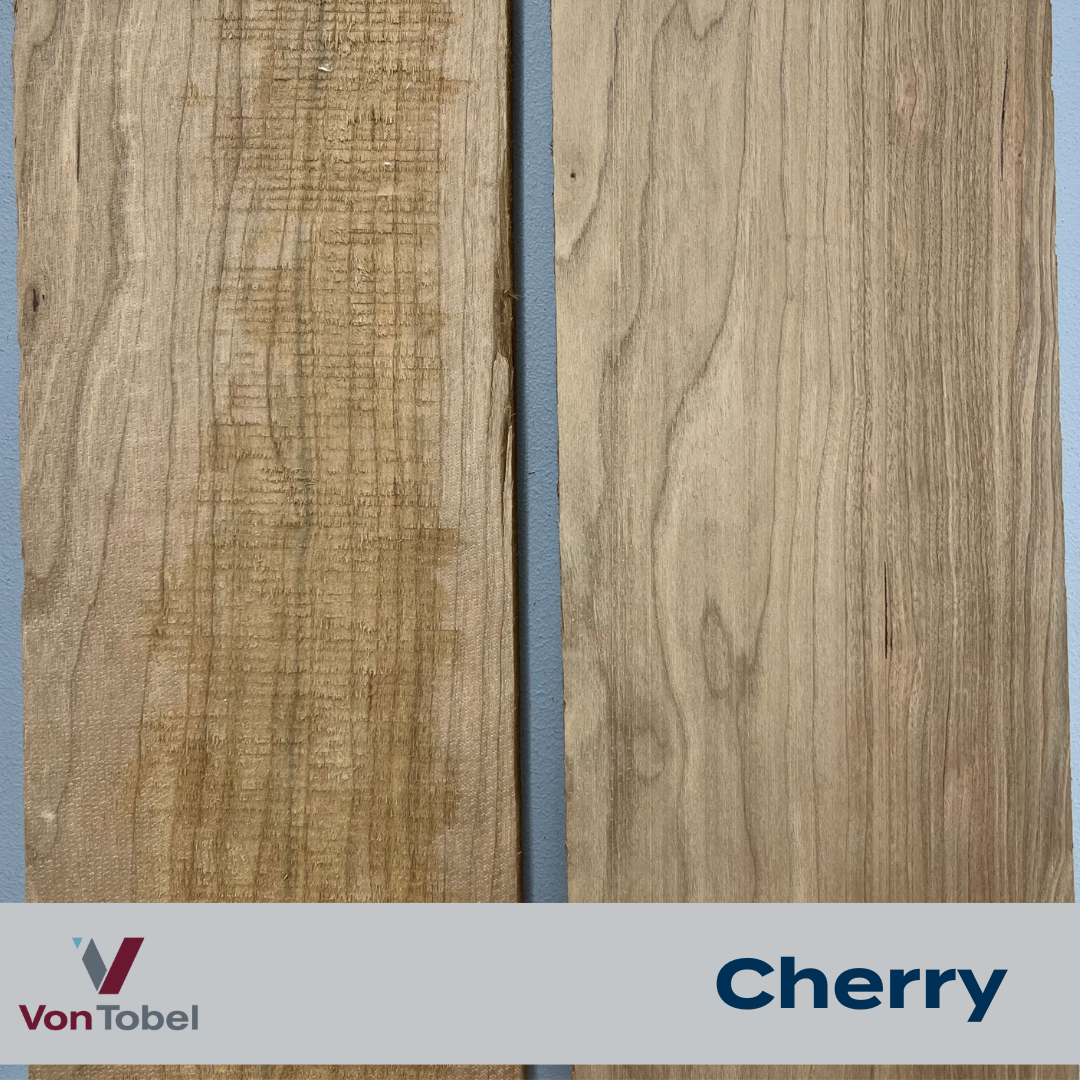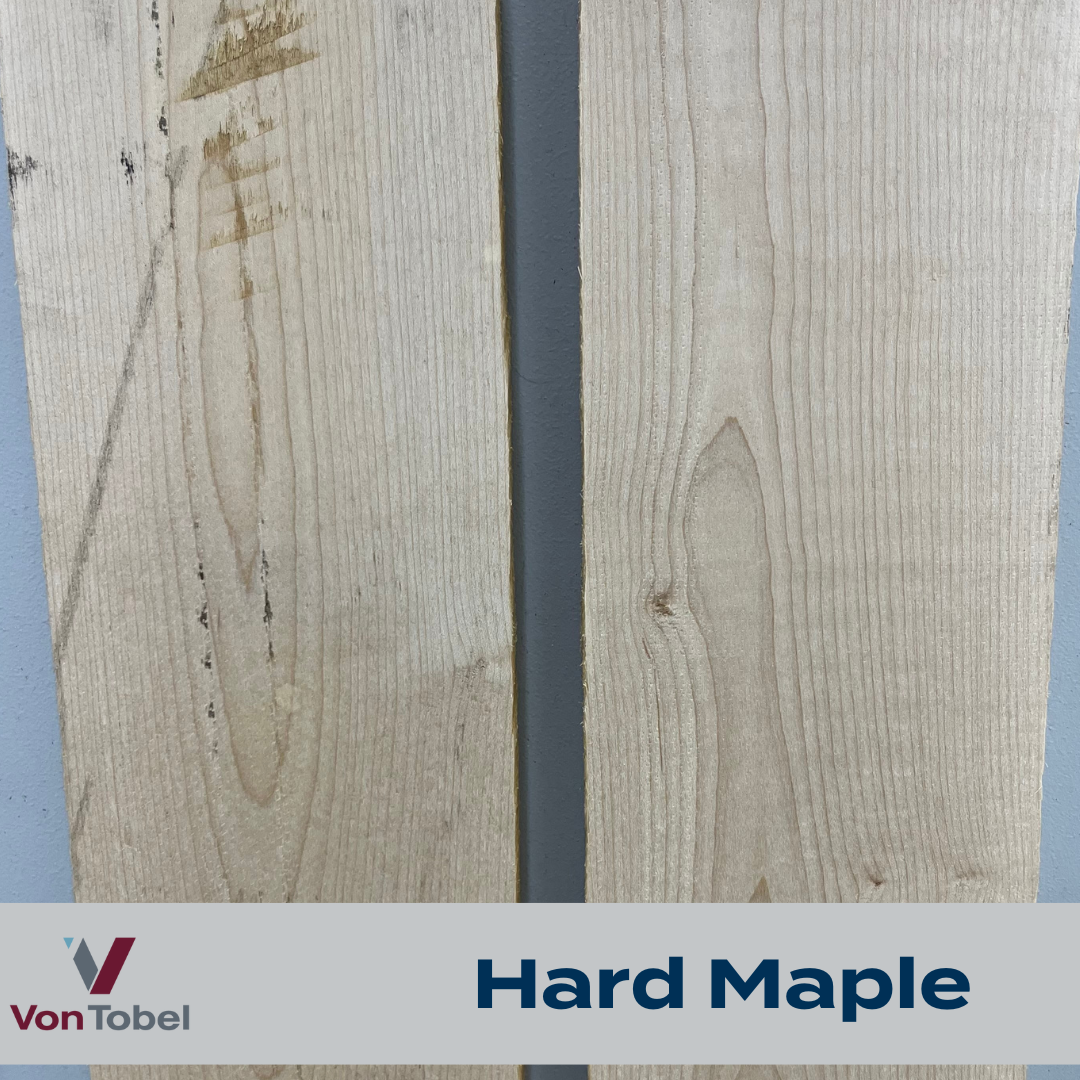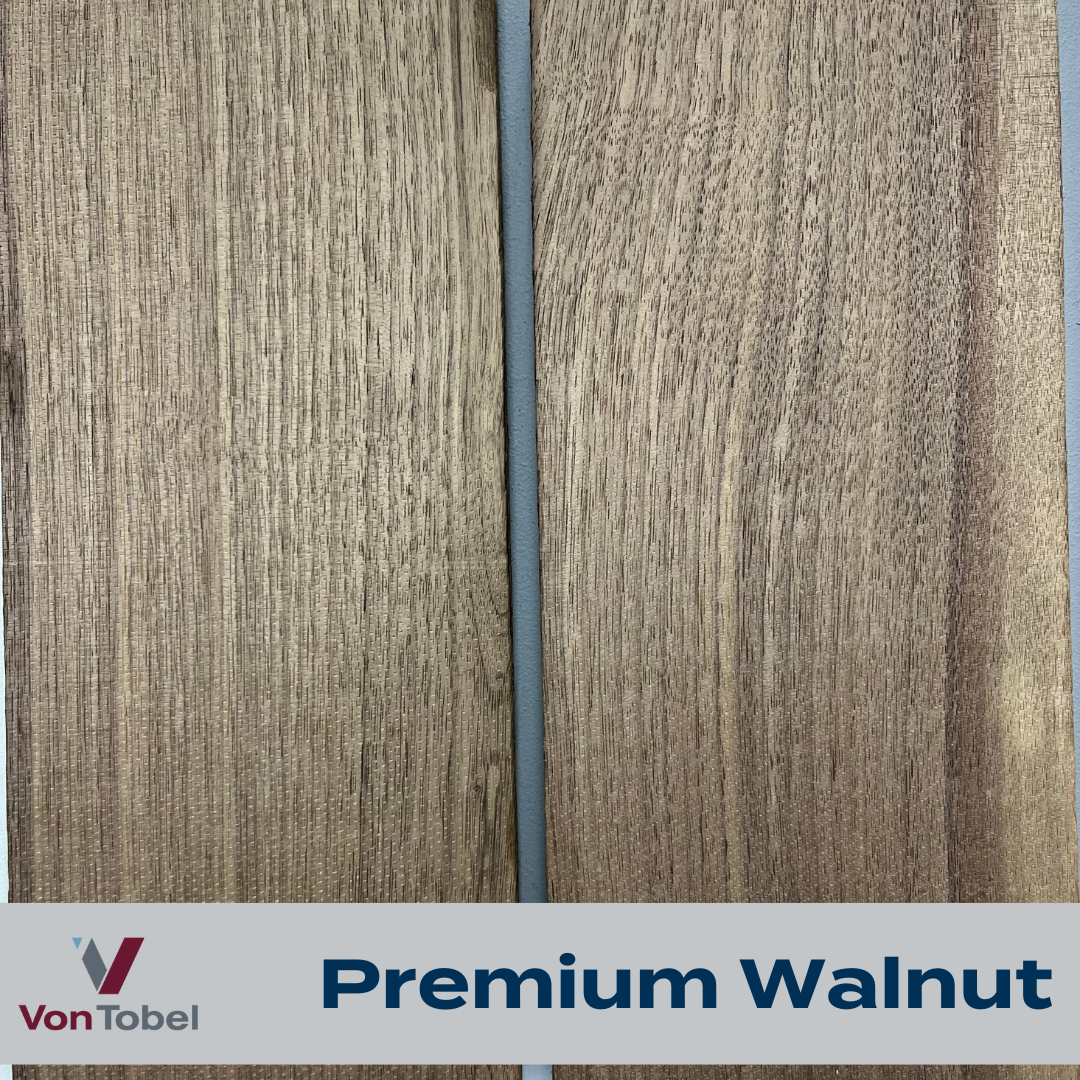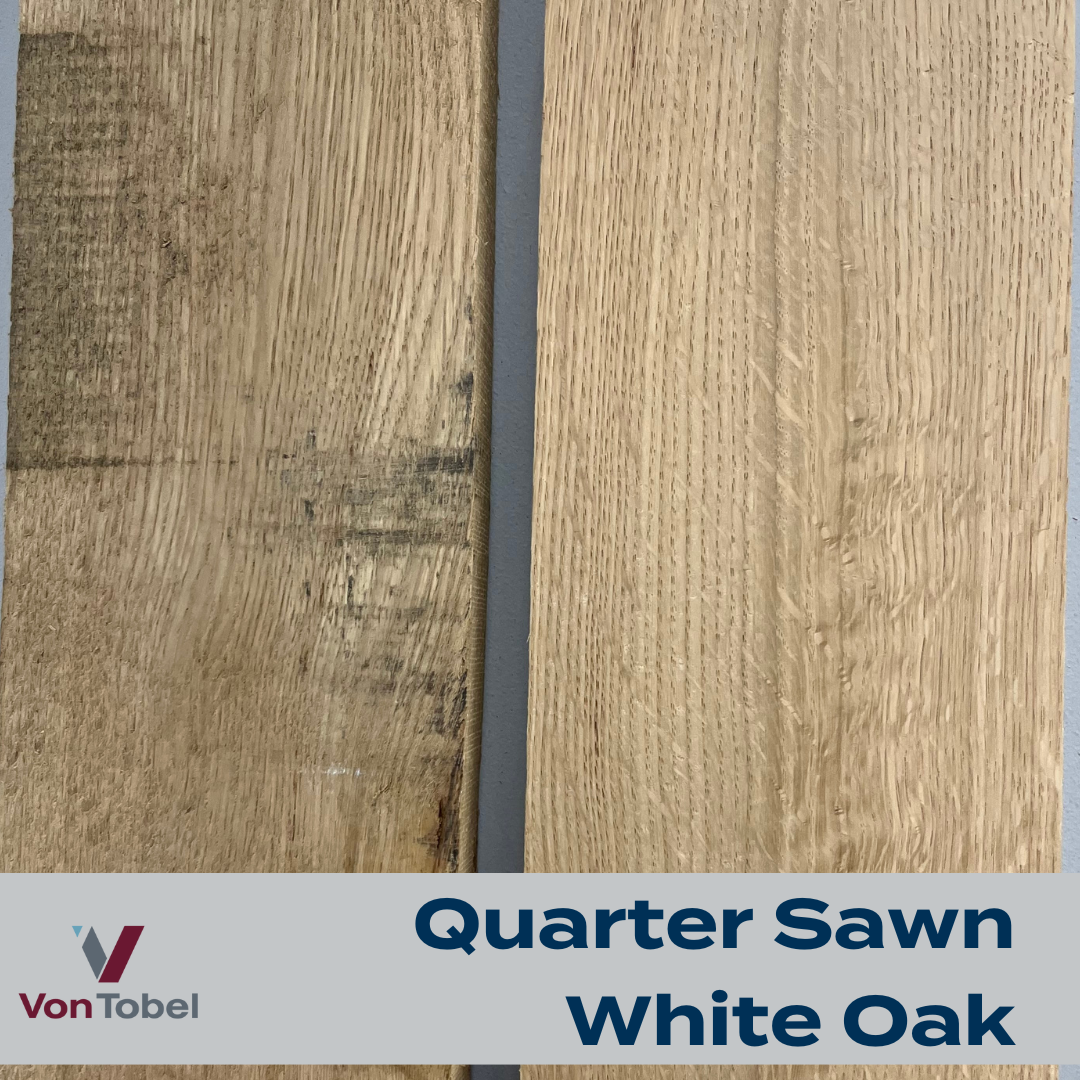Quality Domestic Hardwood Lumber
Available in Valparaiso, IN
Cherry
Hard Maple
Premium Walnut
Quarter Sawn White Oak
-
Furniture Grade, High Quality Lumber – not what the big boxes sell
-
Hand Select Your Boards
-
Sourced From Michigan
-
Available For Pick-Up Today Near You
Current Hardwood Prices
| Wood | SKU | 1 - 99 bdft | 100+ bdft |
|---|---|---|---|
Cherry 4/4 |
4269 | $4.45/bdft | $3.50/bdft |
Cherry 5/4 |
6709 | $4.64/bdft | $3.64/bdft |
Cherry 6/4 |
7898 | $4.99/bdft | $3.99/bdft |
Hard Maple 4/4 |
6706 | $6.82/bdft | $5.36/bdft |
Hard Maple 5/4 |
6712 | $7.09/bdft |
$5.57/bdft |
Hard Maple 6/4 |
7894 | $7.49/bdft |
$5.89/bdft |
Premium Walnut 4/4 |
6708 | $14.00/bdft | $11.14/bdft |
Premium Walnut 5/4 |
6714 | $14.25/bdft |
$11.35/bdft |
Premium Walnut 6/4 |
7896 | $14.99/bdft |
$11.89/bdft |
Premium Walnut 8/4 |
7897 | $15.49/bdft |
$12.89/bdft |
Quarter Sawn White Oak 4/4 |
6707 | $16.36/bdft | $12.86/bdft |
Quarter Sawn White Oak 5/4 |
6713 | $18.18/bdft |
$14.29/bdft |
Quarter Sawn White Oak 6/4 |
7895 | $18.99/bdft |
$14.99/bdft |
Other Products To Explore

Cherry
FAS/1F
Color
The heartwood of cherry can vary in color from red to a reddish brown. The sapwood is yellow to nearly white. Cherry will darken with exposure to light.
Grain
The grain is normally straight, and the texture is uniform and fine. Normal markings include brown pith flecks and small gum pockets.
Qualities
Cherry kiln dries quickly and has larger shrinkage than most other species. The wood machines, glues, and nails well and very smooth finishing can be expected.

Hard Maple
FAS/1F
Color
Hard maple sapwood is bright white and extremely consistent in color. The state of Michigan is well recognized as having a superior resource in hard maple as the heartwood content is typically small to non-existent and the wood contains very little to no fleck or mineral. When present, the heartwood is light to dark brown.
Grain
A close fine texture and straight grain are normal characteristics of hard maple; however such unique figures such as ‘curly’, ‘fiddleback’, and ‘birds-eye’ can occur.
Qualities
Hard maple dries with a large shrinkage and can be prone to movement in performance.
Pre-boring is recommended for nailing and screwing. The wood machines and turns well with the proper care and can be polished to a very good finish.
Because of its strength, hard maple has a high resistance to damage and wear.

Walnut
90/70+ Premium
This grade is a selection of only the finest boards from each sawmill production run. Stock is graded to NHLA grading rules for White Oak FAS/1F and does not allow the elimination of standard defects.
Color must meet a minimum of 90% heartwood on the good face, and a minimum of 70% heartwood on the reverse face.
The NHLA grading rules differ for walnut from most other species. The rules are more forgiving of knots, wane, and other defects.
Color
While the sapwood of walnut is creamy white, the heartwood is light brown to dark brown. This walnut is steamed to darken the sapwood and reduce the contrast.
Grain
The wood is generally straight grained. It can occasionally contain a wavy or curly grain pattern.
Qualities
Walnut is heavy, hard, and stronger than average. Walnut machines well and is easy to nail and screw.

Quarter Sawn White Oak
FAS/1F
Color
White oak has a light colored to white sapwood, and the heartwood is light to dark brown. Michigan grown timber produces stock that is very uniform in color with minimal sapwood and mineral.
Grain
White oak is mostly straight grained with a medium to coarse texture. White oak has longer rays than red oak.
Qualities
White oak machines well.
Hardwood Lumber Grades Explained
Please note, the hardwood lumber we supply is graded FAS or FAS 1-Face. The other definitions listed below are simply for your reference.
FAS
Shorthand for “First and Seconds”. FAS is the highest of the hardwood lumber grades.
FAS 1-Face
(abbreviation: F1F) A “Select” piece of lumber which is six inches and wider.
Select
A No. 1 Common piece of lumber (the poorer side of the wood piece is assigned as No. 1 Common grade) and the reverse side (the better side) grades FAS. The price of Selects and 1-Face is usually the same as FAS. Often, Select grade lumber is used in the Northern U.S., while 1-Face is used in the South.
No. 1 Common
This standard furniture grade lumber provides a good selection of long, medium and short cuttings at a reasonable price.
No. 2A Common
(aka No. 2 Common): The standard grade for cabinets, millwork, and other uses requiring medium grades.
No. 3A Common
Often combined with No. 3B Common, the combination of the two is sold as No. 3 Common. This lumber is widely used for flooring and pallets.
